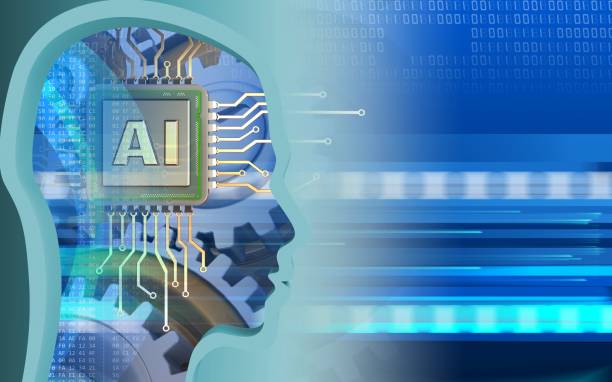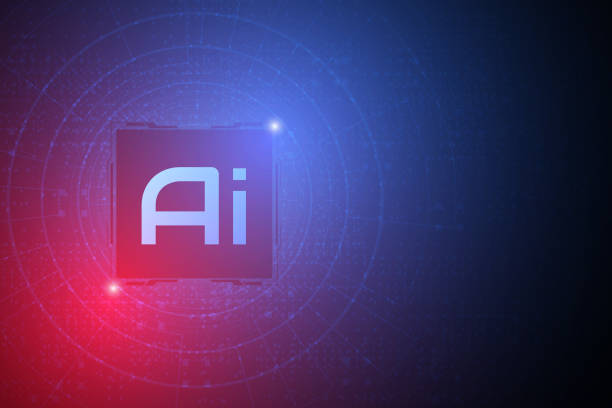What is an AI Robot and What are its Applications?
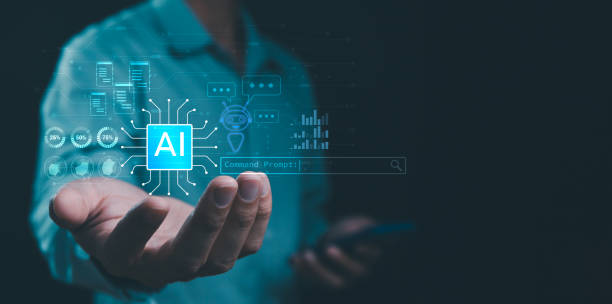
#AI Robot is a combination of two important fields: #Robotics and #Artificial_Intelligence.
In other words, a smart robot is a physical device that, using #Artificial_Intelligence algorithms, can perform tasks that typically require human intelligence.
These tasks can include learning, problem-solving, decision-making, and understanding the environment.
Robotics is related to the construction and design of robots, while artificial intelligence focuses on developing algorithms and systems that allow machines to think and act.
AI robots have applications in various industries, including manufacturing, healthcare, agriculture, and even space exploration.
These robots can perform tasks such as moving and packaging goods in factories, assisting surgeons in the operating room, harvesting agricultural products, and collecting data in hazardous environments.
Relying on sensors, processors, and complex software, an AI robot is capable of operating independently or with minimal human intervention.
Tired of your company’s website not getting the visibility it deserves and losing potential customers? Solve this problem forever with professional and effective website design by Rasaweb!
✅ Increase brand credibility and build customer trust
✅ Attract targeted sales leads
⚡ Contact us now for a free consultation!
Main Components of a Smart Robot
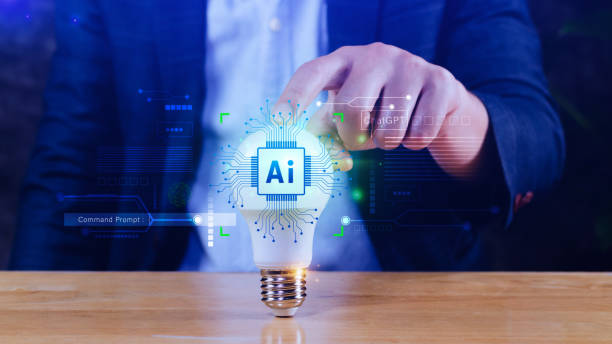
A smart robot consists of several main components, each playing an important role in its overall performance.
These components include sensors, processors, actuators, and software.
Sensors collect information about the surrounding environment.
This information can include visual data (such as images), audio data, temperature and pressure data, and position and orientation data.
Processors process the information collected by the sensors and make decisions based on artificial intelligence algorithms.
Actuators take physical action based on the processors’ decisions.
This action can include moving an arm or leg, rotating an object, or turning a device on and off.
Software is the brain of the robot and includes artificial intelligence algorithms, control programs, and a user interface.
This software allows the robot to process information, make decisions, and interact with its environment.
For an AI robot to perform its tasks efficiently and effectively, it needs proper coordination and interaction between these components.
For example, an AI robot designed for self-driving must be able to detect obstacles and traffic signs using its sensors, calculate the best route using its processors, and control the steering wheel, brakes, and accelerator using its actuators.
Types of Artificial Intelligence Algorithms Used in Robots
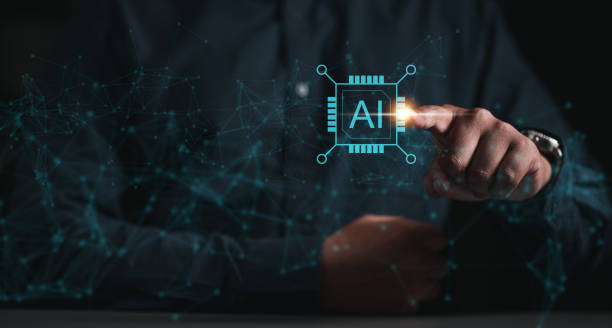
Artificial intelligence algorithms play a vital role in the performance of #smart_robots.
There are different types of algorithms, each suitable for specific applications.
Machine learning is one of the most important algorithms, allowing robots to learn from data and improve their performance.
Neural networks are a specific type of machine learning that is very effective for pattern recognition and performing complex tasks such as face and speech recognition.
Reinforcement learning is another method in which the robot learns how to make the best decisions in a specific environment by trial and error.
Computer vision allows robots to understand images and videos and recognize objects and scenes.
Natural language processing allows robots to understand human language and communicate naturally with humans.
An AI robot may use a combination of these algorithms to perform different tasks.
For example, an AI robot designed to assist the elderly may use computer vision to recognize people’s faces, natural language processing to understand voice commands, and reinforcement learning to learn how to provide the best assistance to people.
| Algorithm | Description | Applications |
|---|---|---|
| Machine Learning | The robot can learn from data. | Pattern recognition, prediction |
| Neural Networks | Recognition of complex patterns | Face recognition, speech recognition |
| Reinforcement Learning | Learning through trial and error | Games, robot control |
Challenges in Developing AI Robots
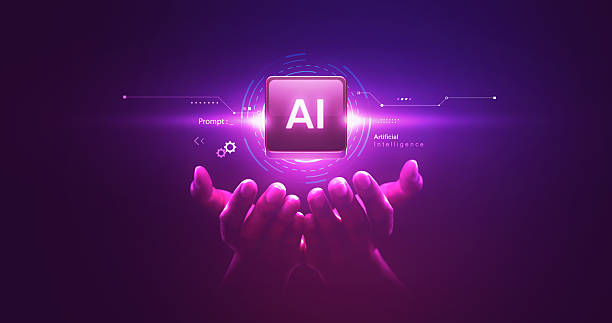
The development of #AI_robots faces numerous challenges.
One of the most important challenges is collecting and preparing enough data to train artificial intelligence algorithms.
Machine learning algorithms require a large amount of high-quality data to function properly.
Another challenge is developing artificial intelligence algorithms that can operate reliably in complex and unpredictable environments.
Robots must be able to adapt to environmental changes and make correct decisions in unexpected situations.
A third challenge is ensuring the safety and security of artificial intelligence robots.
Robots should not harm humans and should not be misused.
A fourth challenge is the ethical issues related to the use of artificial intelligence robots.
It must be ensured that robots act fairly and without discrimination and respect human rights.
Despite these challenges, recent advances in artificial intelligence and robotics promise a bright future for the development of artificial intelligence robots.
Tired of losing customers due to poor e-commerce site design? With Rasaweb, solve this problem forever!
✅ Increase sales and visitor-to-customer conversion rate
✅ Smooth and engaging user experience for your customers⚡ Get a free consultation
The Future of AI Robots and Their Impact on Human Life

The future of #AI_robots is very bright and full of potential.
It is expected that in the near future, we will see the expansion of the use of robots in various industries and in human daily life.
Robots can perform repetitive and dangerous tasks, assist humans in performing tasks, and improve the quality of life.
In the manufacturing industry, robots can automate production lines and increase productivity.
In healthcare services, robots can assist nurses and doctors in caring for patients.
In agriculture, robots can harvest crops and eliminate weeds.
In homes, robots can do cleaning and take care of children and the elderly.
However, the expansion of the use of robots can also lead to job losses and increased inequality.
Therefore, it is necessary for governments and organizations to adopt policies to manage these changes and use the benefits of robots for the benefit of all.
AI robots can also have an impact in the field of education.
Comparison of AI Robots with Other Robots
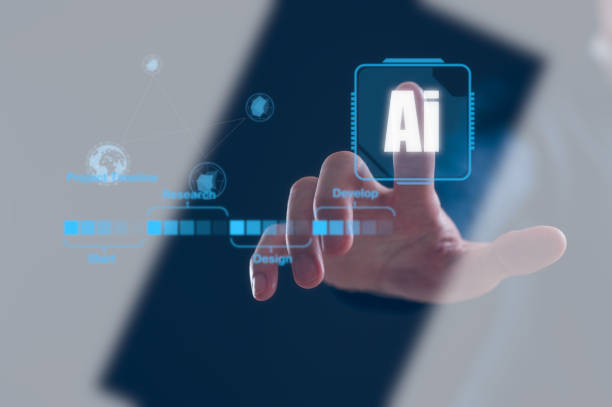
The main difference between an #AI_robot and a regular robot is in the level of intelligence and their learning capabilities.
Regular robots are usually programmed to perform specific tasks and cannot independently adapt to environmental changes.
In contrast, AI robots, using artificial intelligence algorithms, are able to learn from data, solve problems, and make decisions.
These robots can independently adapt to environmental changes and make correct decisions in unexpected situations.
For example, a typical industrial robot may be programmed to move parts in a production line.
If the production line changes, the robot needs to be reprogrammed.
In contrast, an AI robot can detect production line changes using its sensors and automatically adjust its operation.
AI robots differ from other robots in this way.
Introducing Some Successful Examples of AI Robots
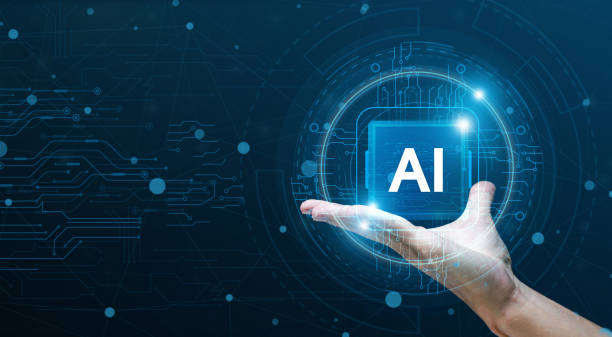
Today, there are numerous examples of #AI_robots in various industries and in human daily life.
One of the most famous of these robots is Sophia, which is a humanoid robot that can talk to humans naturally.
Boston Dynamics robots are also other examples of advanced AI robots that can perform complex movements and move in various environments.
In the automotive industry, Tesla self-driving cars use artificial intelligence algorithms to drive without human intervention.
In the healthcare industry, surgical robots use artificial intelligence to assist surgeons in performing precise operations.
These examples show that AI robots have a high potential for solving problems and improving human life.
| Robot Name | Description | Application |
|---|---|---|
| Sophia | Humanoid robot | Interaction with humans |
| Boston Dynamics Robots | Advanced robots | Complex movements and cargo handling |
| Tesla Self-Driving Cars | Smart cars | Autonomous driving |
The Role of Reinforcement Learning in the Development of AI Robots
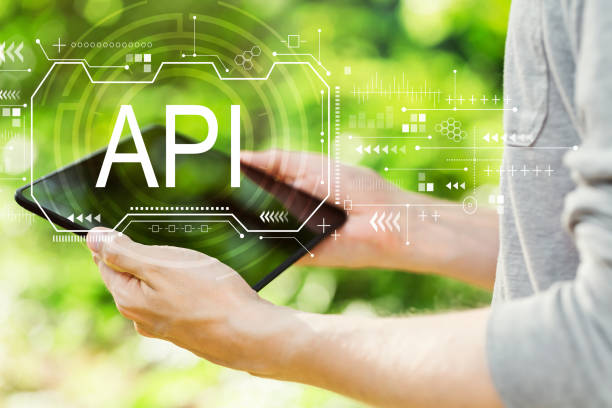
Reinforcement learning is an important method in the development of #AI_robots.
In this method, the robot learns how to make the best decisions in a specific environment by trial and error.
The robot receives a reward or penalty for performing an action.
If the action leads to a reward, the robot increases the probability of performing that action in the future.
If the action leads to a penalty, the robot decreases the probability of performing that action in the future.
In this way, the robot gradually learns how to make the best decisions to receive the most reward.
Reinforcement learning is very effective for training robots in complex and unpredictable environments.
For example, reinforcement learning can be used to train robots in video games, control industrial robots, and self-driving.
AI robots can perform better through reinforcement learning.
Are you aware that a weak corporate website is costing you many opportunities every day? With professional corporate website design by Rasaweb, solve this problem forever!
✅ Create a powerful and reliable image of your brand
✅ Attract targeted new customers and increase sales
⚡ [Get a free website design consultation]
Ethical and Legal Issues Related to AI Robots
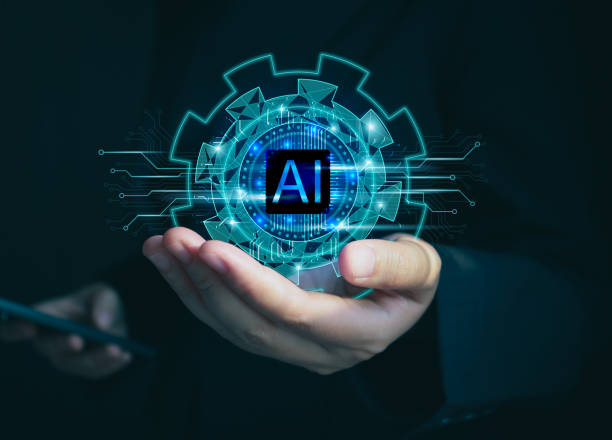
The development and use of #AI_robots involves numerous ethical and legal issues.
One of the most important of these issues is accountability for the performance of robots.
If a robot causes an accident, who will be responsible? The robot manufacturer, the robot programmer, or the robot user? Another issue is privacy.
Robots can collect a large amount of information about humans.
How can the misuse of this information be prevented? A third issue is the impact of robots on the labor market.
Robots can replace many jobs.
How can this be prevented fairly and without creating inequality? To solve these issues, new laws and regulations need to be enacted and new ethical standards need to be developed.
AI robots need a legal and ethical framework.
How to Build an AI Robot: A Step-by-Step Guide
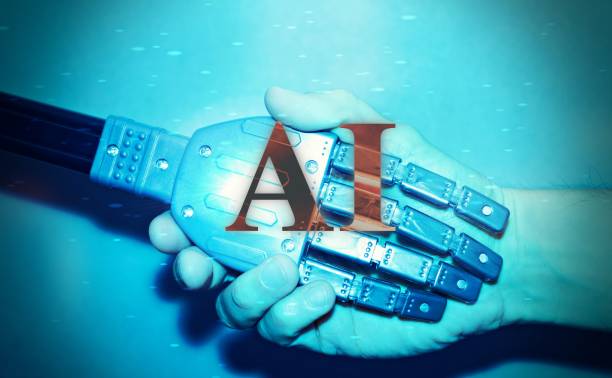
Building an #AI_robot is a complex and challenging project that requires knowledge and skills in various fields, including robotics, electronics, programming, and artificial intelligence.
The first step is to determine the purpose and task of the robot.
What is the robot being built for? What tasks should it perform? The second step is the mechanical design of the robot.
How will the robot be built? What parts and materials will be used? The third step is to select the appropriate sensors and actuators.
What sensors and actuators does the robot need to understand its environment and perform its tasks? The fourth step is to program the robot.
How will the robot be controlled? What artificial intelligence algorithms will be used? The fifth step is to test and improve the robot.
How does the robot perform? What problems does it have? How can its performance be improved? Building an AI robot is an iterative process that requires patience and persistence.
However, the end result can be very valuable and exciting.
AI robots are achievable with effort and knowledge.
FAQ
| Row | Question | Answer |
|---|---|---|
| 1 | What is an AI Robot? | An AI robot is a machine that can understand, reason, learn, and solve problems, and can perform complex tasks with relative autonomy. |
| 2 | What are the most important applications of AI robots? | The main applications include industrial manufacturing, customer service (chatbots), medicine and surgery, self-driving transportation, space exploration, and military affairs. |
| 3 | What is the main difference between an AI robot and a regular robot? | A regular robot only follows programmed instructions, while an AI robot can learn from data, make decisions, and adapt to new environments. |
| 4 | How do AI robots learn? | They identify patterns and improve their performance through machine learning algorithms (such as deep learning, reinforcement learning) and processing vast amounts of data. |
| 5 | Can AI robots have emotions? | Currently, AI robots do not have real emotions in the human sense. They can mimic or detect emotions, but they do not understand and experience them. |
| 6 | What are the current limitations of AI robots? | Limitations include the need for large amounts of data, the inability to understand abstract concepts, the lack of real creativity, ethical issues, and the challenges of generalizability in new environments. |
| 7 | What is the role of artificial intelligence in the development of Humanoid robots? | Artificial intelligence helps humanoid robots to walk, maintain their balance, understand their surroundings, interact with humans, and perform complex tasks. |
| 8 | How is the future of AI robots predicted? | It is predicted that AI robots will become smarter, more autonomous, and capable of performing more complex tasks in everyday life and industry, and their interaction with humans will increase. |
| 9 | Can AI robots replace all human jobs? | It is unlikely that all human jobs will be replaced. Robots will take over many repetitive and dangerous tasks, but jobs that require creativity, empathy, and ethical judgment will remain. |
| 10 | What ethical and social challenges are raised with the expansion of AI robots? | Challenges include issues related to privacy, data security, ethical decision-making by robots, the impact on employment, and accountability in case of error. |
And other services of Rasa Web Advertising Agency in the field of advertising
Smart Google Ads: A creative platform to improve sales growth with an attractive user interface design.
Smart Sales Automation: Transform SEO ranking improvement with the help of attractive user interface design.
Smart Customer Journey Map: A combination of creativity and technology for digital branding by optimizing key pages.
Smart Conversion Rate Optimization: Designed for businesses looking to grow online by customizing the user experience.
Smart Marketing Automation: A fast and efficient solution to increase sales by focusing on attractive user interface design.
And more than a hundred other services in the field of internet advertising, advertising consulting, and organizational solutions
Internet Advertising | Advertising Strategy | Reportage Ad
Resources
What is Artificial Intelligence? | Its Applications, Advantages, and Disadvantages – Arshaland
,Building an Artificial Intelligence Chatbot Using the Python Transformers Library – Virgool
,The Development of Artificial Intelligence in Industries and the Challenges Ahead
,

